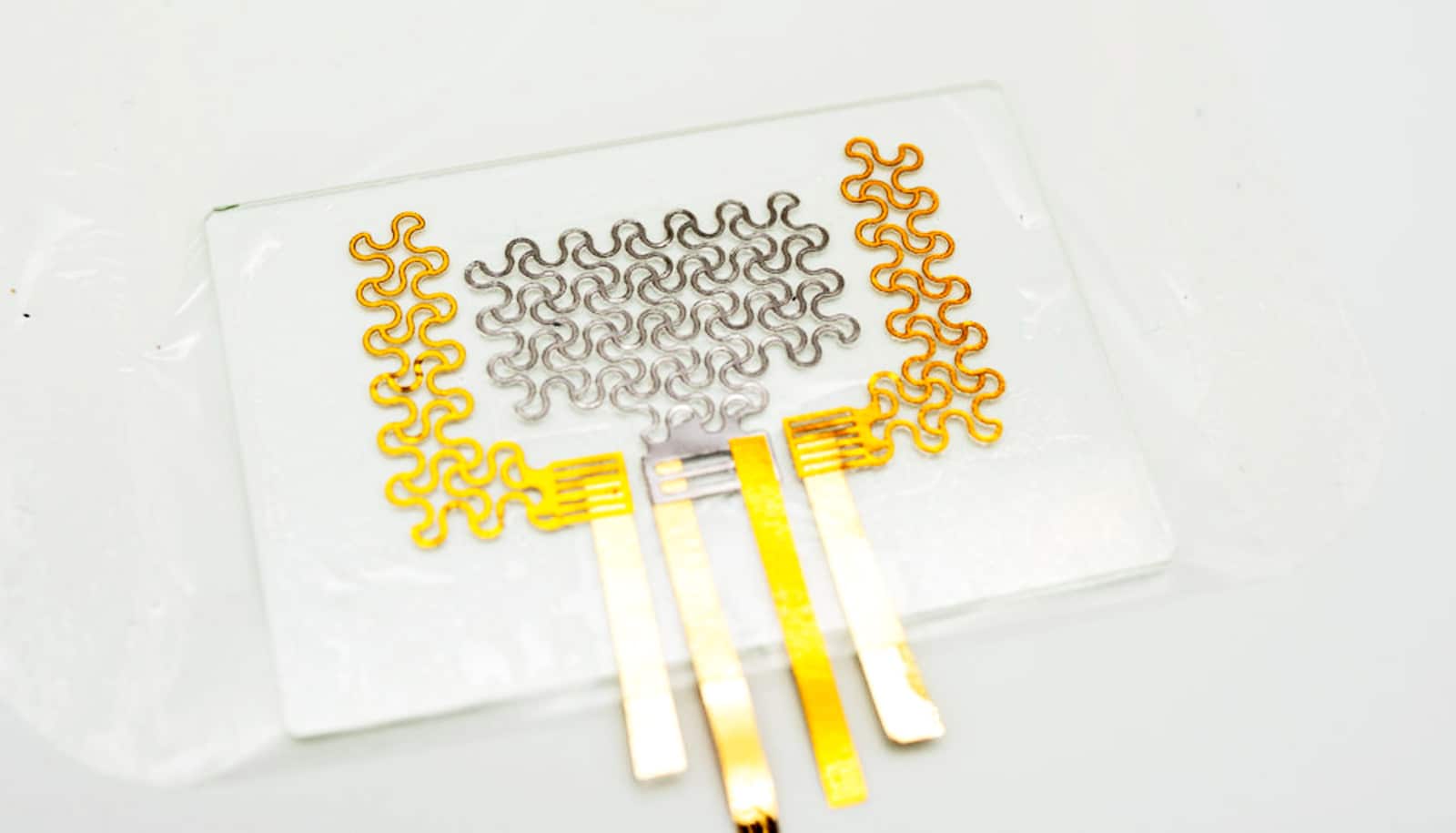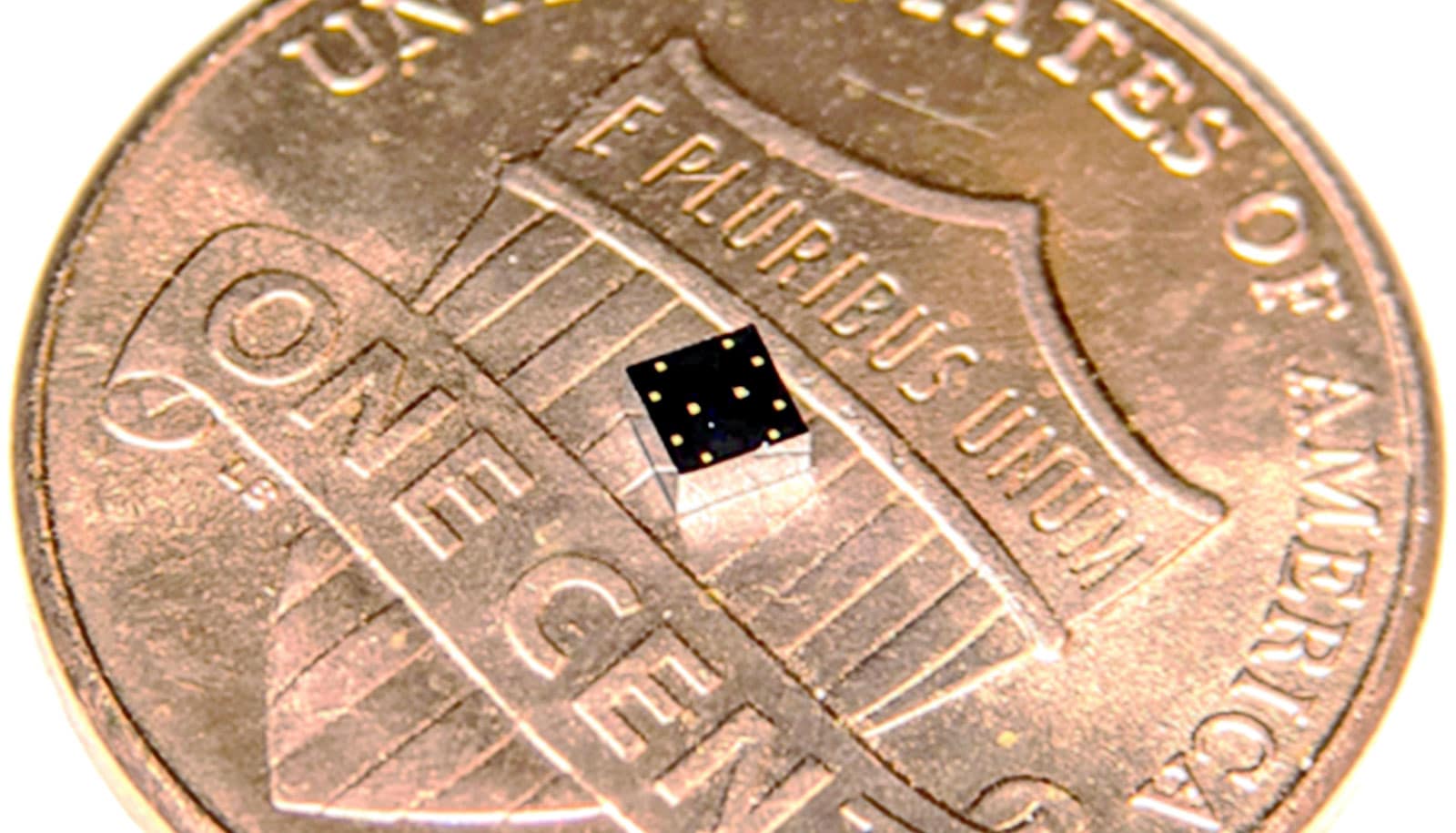Engineers have demonstrated that just pencils and paper could create bioelectronic devices with potential for tracking health.
One day, people could monitor their own health conditions by simply picking up a pencil and drawing a bioelectronic device on their skin, they say.
Many existing commercial on-skin biomedical devices often contain two major components—a biomedical tracking component and a surrounding flexible material, such as plastic, to provide a supportive structure for the component to maintain an on-skin connection with a person’s body, says Zheng Yan, an assistant professor in the University of Missouri College of Engineering.
“The conventional approach for developing an on-skin biomedical electronic device is usually complex and often expensive to produce,” he says. “In contrast, our approach is low-cost and very simple. We can make a similar device using widely available pencils and paper.”
In the study, the researchers discovered that pencils containing more than 90% graphite can conduct a high amount of energy that results from the friction between paper and pencil. Specifically, the researchers found pencils with 93% graphite were the best for creating a variety of on-skin bioelectronic devices drawn on commercial office copy paper. Yan says a biocompatible spray-on adhesive could also be applied to the paper to help it stick better to a person’s skin.
The researchers say their discovery could have broad future applications in home-based, personalized health care, education, and remote scientific research such as during the COVID-19 pandemic. Yan says the group’s next step would be to further develop and test the use of the biomedical components, including electrophysiological, temperature, and biochemical sensors.
“For example, if a person has a sleep issue, we could draw a biomedical device that could help monitor that person’s sleep levels,” he says. “Or in the classroom, a teacher could engage students by incorporating the creation of a wearable device using pencils and paper into a lesson plan. Furthermore, this low-cost, easily customizable approach could allow scientists to conduct research at home, such as during a pandemic.”
An additional benefit to their approach, Yan says, is that paper can decompose in about a week, compared to many commercial devices that contain components that are not easily broken down.
Their findings appear in the Proceedings of the National Academy of Sciences. Coauthors are from the University of Missouri, the University of Illinois-Chicago, the University of Illinois Urbana-Champaign, and Yale University.
Funding came from a University of Missouri start-up fund, and grants from the National Science Foundation, the Air Force Office of Scientific Research, and the National Institutes of Health. The content is solely the responsibility of the authors and does not necessarily represent the official views of the funding agencies.
Source: University of Missouri



